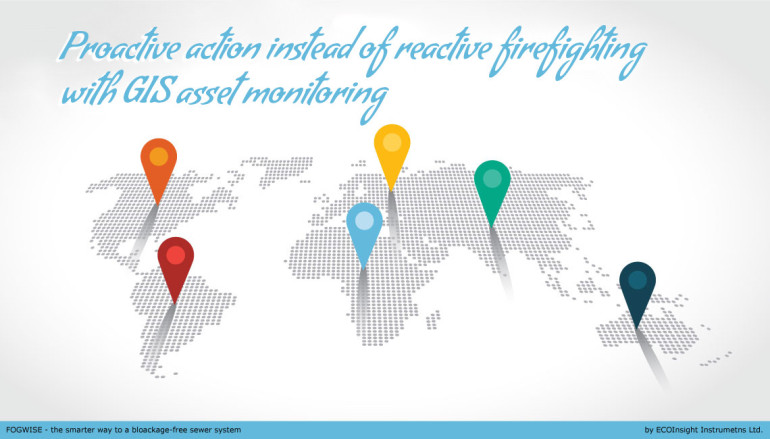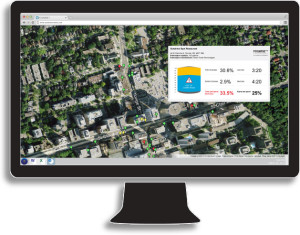
When FOG and Smart Meters collide, Efficiency Happens!
Around the world, governments and private organizations have embraced Geographic Information Systems (GIS) to monitor and maintain their geographically distributed assets. For any number of business needs (e.g. asset management, maintenance, environmental compliance, financial budgeting, etc.), having current and accurate data is the key to informed decision making.
As with all other municipal infrastructure, GIS mapping of sanitary sewer networks has been available for decades. Adding in a map layer of installed grease interceptor locations provides some data for comparison. Knowing where the grease interceptors are only allows for limited analysis (e.g. location of sanitary sewer overflows (SSOs) versus locations of grease interceptors).
The advent of smart meter technology and the Internet of Things (IoT) is a game changer is the world of FOG management.
The Environmental Protection Agency (EPA) recognizes these types of advancements through their “Next Generation Compliance” Program. “Use and promote advanced emissions/pollutant detection technology so that regulated entities, the government, and the public can more easily see pollutant discharges, environmental conditions, and noncompliance.”.
Real-time and location-based Fats, Oils, and Grease (FOG) level data can now be broadcast to the cloud. Imagine, having Pre Treatment Coordinators / Inspectors monitoring every grease interceptor in the city, 24/7/365 from the comfort of an office computer.
With this additional information, FOG management and data analysis practices are now elevated to the next level – namely proactive action instead of reactive fire fighting. This creates a great opportunity to coordinate efforts and benefit all the stakeholders in the industry.
COST SAVINGS THROUGH IMPROVED EFFICIENCIES
With out of compliance Food Service Establishments (FSEs) clearly identified on a Google or ArcGIS map, and linked to an automated work order management system, enforcement actions can be targeted and quick. A single enforcement officer can effectively manage a large jurisdiction by focussing their efforts on the “bad actors”.
Environmental pumper companies can now optimize their collection routes, reduce the number of return visits to the same site, and scheduled appointments more efficiently, and reduce greenhouse gas emissions.
BETTER ANALYSIS AND DECISION MAKING
Associating FOG production levels with specific address locations provides opportunities for advanced GIS analysis and interpretation.
- What type of type of FSEs produce the most FOG, and which have best FOG management practices
- At what rate is it being produced
- Which areas of the city are affected most, and which will most likely be affected should incidents occur in the future
- Compliancy rates based on location
Armed with this new information, municipalities can make better decisions for related programs, such as fine tuning outreach programs to FSEs, and budgeting for sewer maintenance expenses.
ENHANCED COMMUNICATION
Facility or Environmental Compliance Managers have real-time visibility to grease interceptor levels at multiple sites (corporate owned restaurants, food production plants) across a city, or across the country. If actions are not being done locally or in a timely fashion, directives can come head office.
Through a municipal outreach campaign, managers of identified FSEs can be notified of their impending FOG compliance issues, and educated about best management practices.
Enhanced GIS greatly assists in understanding situations, and improves communication between geographically distributed teams, departments, and organizations.
BETTER GEOGRAPHICAL MANAGEMENT AND RECORD KEEPING
Having FOG oversight for a town, city, state, or nationally, allows senior Environmental Compliance officials to understand what is going on at all their facilities. Non-conforming regions can be prescribed actions to resolve the issue. Ultimately, the actions to protect their corporate brand image (self-preservation) make it a better good corporate citizen




